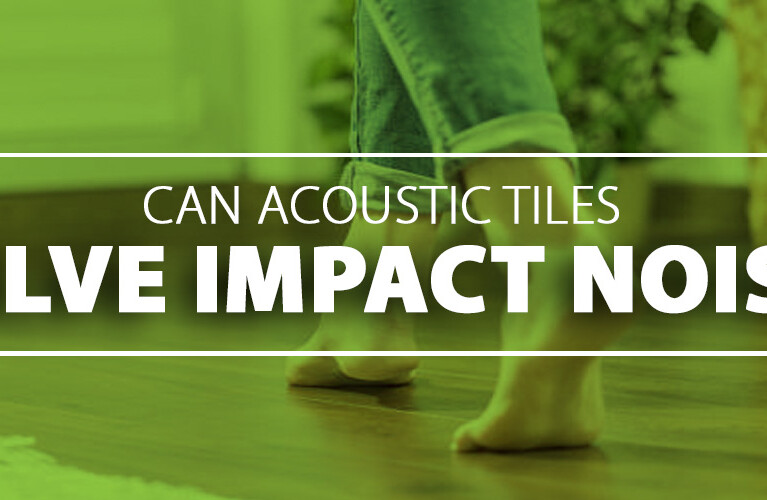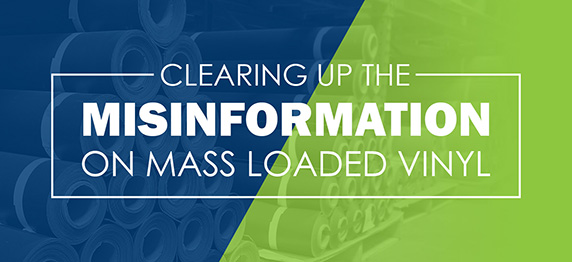Heating, ventilation, and air conditioning (HVAC) systems are a crucial part of any building. Whether it’s a small house, a medium-sized office building, or a large manufacturing facility. HVAC systems often generate unpleasant noise pollution, typically in two distinct ways.
Airflow is a big source of noise in HVAC systems. Generally, the noise is produced by a large volume of air generated from fans or blowers, in order to propel air throughout the system. Another way noise is produced from airflow is the noise air makes as it crashes around corners as it makes its way through the ducting system.
The second way noise can be generated is through vibration. Over time, the hangers and supports can loosen, allowing the ductwork to sway and vibrate. In addition, ductwork made from sheet metal can warp or bend, which then flexes and vibrates with increased airflow. This vibration can start out as a mild rattling sound, and if left untreated, eventually works its way up to unpleasant decibel levels. Temperature change can also make ductwork make noise because metal expands and/or contracts.
The Solution
Your first thought may be that something’s wrong with the HVAC system and that an expensive repair is on the horizon. Luckily, the cause of most duct noise is often not a reason to be alarmed.
In order to successfully insulate a HVAC system from unwanted noise pollution, both issues must be addressed. It must also meet standards such as ASTM E84 Standard Test Method for Surface Burning Characteristics of Building Materials.
How do you address both causes of HVAC noise pollution and stay within building fire codes? There are a number of products on the market that meet both of these requirements. One of the more popular choices is Mass Loaded Vinyl (MLV) or duct wrap. One should also take into consideration that being proactive before the HVAC system is installed and having the system built with a duct liner, will help minimize air nose.
Another solution would be a MLV product that has both the foil facing and a quilted fiberglass decoupler. Sound waves originating from the source will initially be absorbed by the fiberglass and then blocked by the mass loaded vinyl. Any reflected sound wave component will be further dissipated into the fiberglass absorber.
Mass Loaded Vinyl can solve many problematic noise issues, and HVAC is just one of the many applications where it has some value.
For more information on how to reduce HVAC noise pollution, contact us at [email protected]. We are always happy to help.

